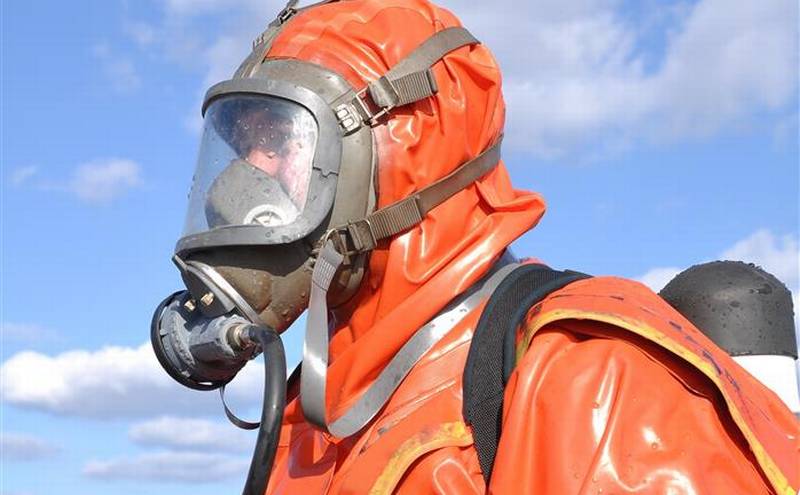
Photo: Shutterstock
Three separate guidelines have been published by Safe Work Australia.
One set of guidelines addresses general hazards associated with container unpacking including falls from height, being hit by falling objects, being hit by mobile equipment, chemicals, and hazardous manual tasks, among other things.
The other two guidelines specifically relate to chemical exposure.
Director of Occupational Hygiene Dr Paul Taylor said that research commissioned by Safe Work Australia indicates that workers may be exposed to chemicals including fumigants and solvents when unpacking shipping containers.
“This raises concerns and businesses must take all practical measures to control the exposure of workers to hazardous chemicals,” said Dr Taylor.
“There are a wide range of health effects that can result from exposure to these chemicals, including skin, eye, and respiratory irritation, headaches, nausea, and respiratory disease.”
“Our information sheets will help employers and workers develop appropriate safe work practices to manage these risks.”
Ken Fitzpatrick, a director of Nordiko Quarantine Systems commented: “to bring the message of these hazards home, just a few weeks ago, three people were hospitalised in Kilburn, South Australia, having been overcome by toxic fumes when entering an imported shipping container. Even regular exposure to small doses of these chemicals, perhaps unnoticed at the time, can give rise to long term health problems,”
One of the guidelines looks at a variety of chemical-hazard issues such as exposure to fumigants (used to kill pests) and solvents (which are often released by cargoes during transport). That guideline points out that there can be issues such as allergic contact dermatitis, headaches and even death.
The guideline gives advice on risk controls through setting up notices, prohibiting smoking nearby, natural and mechanical ventilation, and personal protective equipment.
The final guide specifically looks at the issue of exposure to methyl bromide, a colourless and odourless gas that is a dangerous and cumulative, poisonous neurotoxin. It is used as a fumigant to kill rodents and insects.
A wide variety of control measures are recommended such as using natural ventilation for 12 hours or, alternatively, using mechanical ventilation for 30 minutes.
Although the new guidelines do not have direct legal effect in and of themselves (unlike e.g. legislation or regulations), they may have an indirect legal effect.
Lloyd’s List Australia understands that it is a common legal tactic for trial lawyers to put to witnesses of companies being sued that such guidelines are good examples of best practice. Trial lawyers are then quite likely to demand of the witnesses an explanation as to why they did not comply with the Safe Work Australia guidelines.
The guides can be freely downloaded from www.safeworkaustralia.gov.au